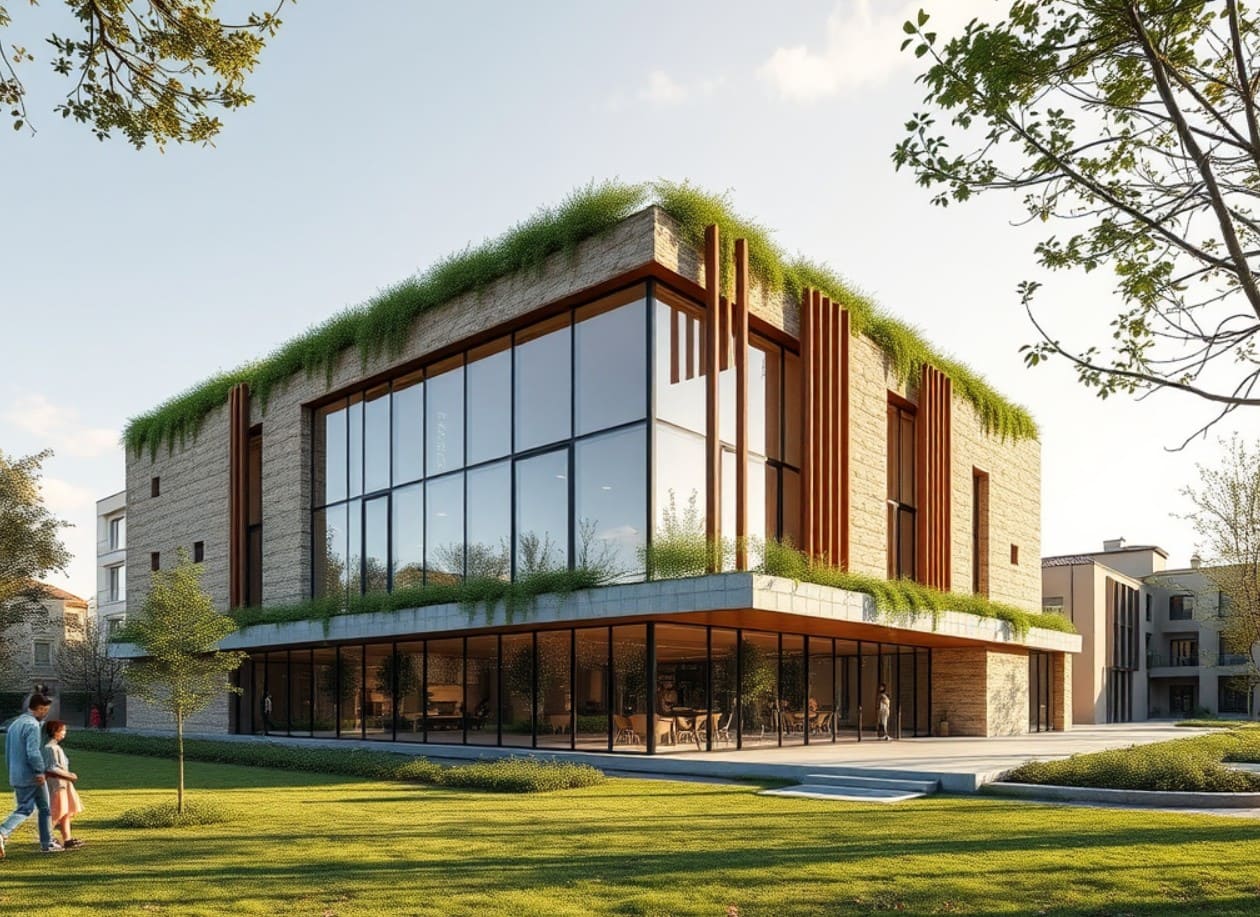BPIE launches a practical implementation guide for the EPBD IV directive, offering checklists, real-life examples, and actionable strategies to meet deadlines and turn legal obligations into measurable results

Member states must implement the EPBD IV directive by May 29, 2026
By May 29, 2026, EU member states are required to transpose the EPBD IV directive, Energy Performance of Buildings Directive into their national legislation. This is a mandatory step to decarbonize the highly energy-intensive and polluting construction sector.
However, turning these legal obligations into practical and measurable action requires a realistic plan grounded in feasible solutions.
Supporting this transition is the Buildings Performance Institute Europe (BPIE), which has released the “Delivering the EPBD” guide. This hands-on manual is designed to help policymakers at all levels of governance implement the measures outlined in the directive.
Four chapters, a 2050 vision
While primarily designed for policymakers, the guide is also a valuable resource for industrial, financial, and social stakeholders. It provides a detailed, timely action roadmap covering the four core pillars of the directive. The document includes 80 technical recommendations and 60 case studies showcasing successful implementation across Europe.
Strategic planning tools
At the heart of the guide are National Building Renovation Plans, essential tools for coordinating decarbonization interventions. These five-year plans must establish clear targets, intermediate milestones (2030, 2035, 2040), and reliable mechanisms for tracking reductions in energy use and emissions. The plans must also consider each country’s unique climatic and socio-economic conditions.
Renovation policies for existing buildings
The guide emphasizes minimum energy performance standards (MEPS) for non-residential buildings and outlines renovation pathways for residential buildings, prioritizing the worst-performing properties. In fact, 55% of the overall reduction must come from the poorest-performing 43% of residential buildings.
New standards for new buildings
Beginning in 2030, all new buildings must meet Zero Emission Building (ZEB) standards, which include very high energy performance, no emissions from fossil fuels, and minimal carbon footprint across the building’s entire life cycle. These standards will be mandatory for public buildings starting in 2028.
A comprehensive support system: technical, informational, and financial
The guide dedicates ample attention to practical tools like updated energy performance certificates (EPCs), renovation passports, one-stop shops for technical and administrative support, and dedicated financial instruments. Special focus is placed on access for vulnerable households and those affected by energy poverty.
Social justice as a pillar of the transition
BPIE’s guide also emphasizes the social impact of implementing the EPBD IV directive.
This effort is not only about reducing energy use and emissions. It also aims to ensure a fair transition that improves housing conditions, combats energy poverty, which affects more than 9% of the EU population, and enhances climate resilience in local communities.
The directive mandates that stricter requirements be paired with inclusive support systems, protecting vulnerable households and ensuring access to information, financial incentives, and technical services. In this regard, the BPIE guide urges member states to adopt a holistic approach, integrating building plans with national energy, climate, and social policies.
A shared roadmap for decarbonized buildings
The shift toward zero-emission buildings is not just an environmental goal, it also drives economic growth and job creation. According to BPIE, every €1 million invested in energy renovations can create up to 18 new jobs, with peaks of 42 in certain countries. Improving building efficiency also reduces healthcare spending, boosts productivity, and fosters innovation in the construction industry.
In short, the “Delivering the EPBD” guide is a call to action, an operational roadmap to turn the EPBD IV directive into healthier, more efficient, and more inclusive buildings across Europe.
Download the “Delivering the EPBD” guide from BPIE












